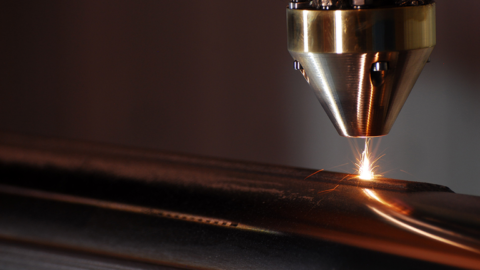
In the mechanical processing industry, it is extremely important to choose welding technology that matches the properties of the materials. Thanks to scientific and technological advances, laser welding is gradually becoming superior to traditional arc welding methods, both in terms of material compatibility and the ability to integrate new applications.
Laser welding technology is now able to process materials with a thickness that is many times larger or thinner than traditional methods. Moreover, you can save significantly time and cost for product finishing by reducing the amount of waste after production. Laser welding also helps to increase labor productivity through an automated operating system, which ensures high output product stability and less error caused by subjective reasons.
Compared with traditional MIG / MAG or TIG welding methods, laser welding technology has many outstanding advantages:
Although laser welding technology is not the solution for all current material welding problems, but with requirements for specific products requiring increased productivity, this technology can be the optimal solution. most manufacturers should look out for.
Laser welding can help reduce unnecessary costs in the manufacturing process. With high welding speed, both productivity and product quality are improved. At the same time, laser welding also helps to minimize the majority of waste materials and debris in the manufacturing process. Laser welding technology also helps to reduce the heat deformation of the material and stress, so after machining, the material retains its shape and size, helping the manufacturer to save part of the processing cost. after that. In parallel with the above benefits, finished products after machining also have better surface quality, less roughness and much better welds.
Applications where laser welding can be used:
Magnets or materials that are highly sensitive to temperature such as electronic components.
Productivity and Quality Office